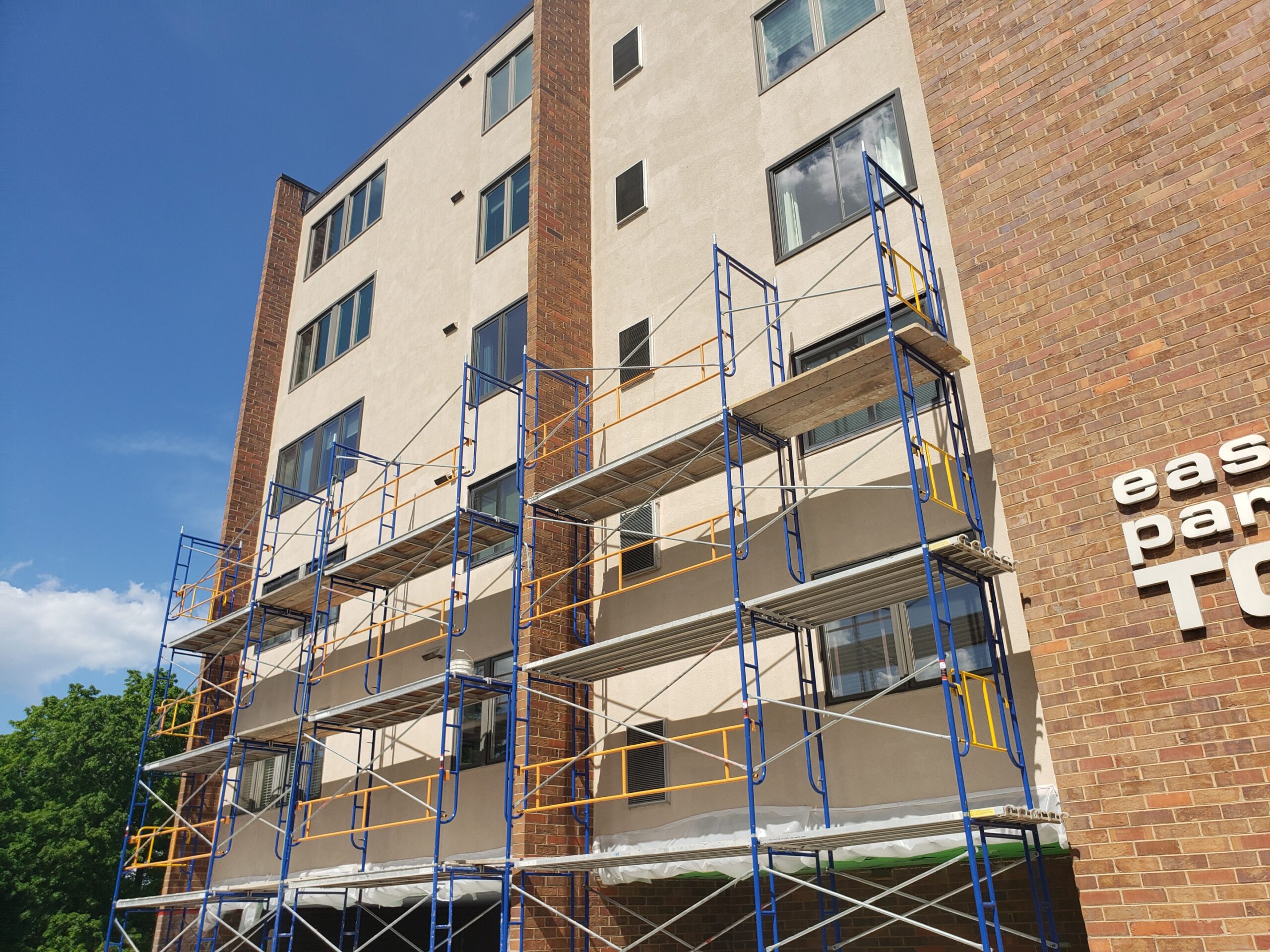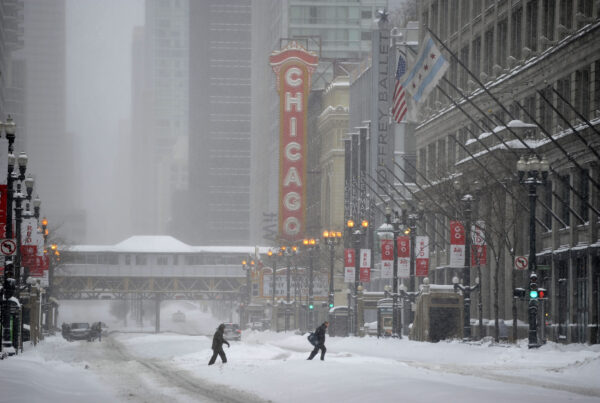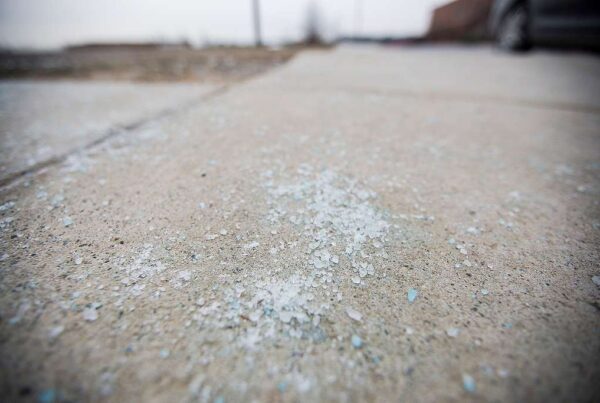Exciting Advancements in Roof Assessment with LiDAR Technology
Exciting advancements in technology are revolutionizing building maintenance and optimization, with LiDAR scanning at the forefront of these innovations. LiDAR, which stands for Light Detection and Ranging, is a remote sensing method that uses laser light to measure distances and create high-resolution maps. When applied to flat roofs, LiDAR scanning can produce detailed topographical maps that reveal both low and high spots. This precise information is crucial for identifying potential drainage issues, ponding water areas, and structural deformations, enabling more effective planning and maintenance strategies.
Beyond identifying surface irregularities, LiDAR scans offer the remarkable capability to penetrate through certain materials, allowing for the visualization of underlying structures such as rafters and joists. This feature is particularly valuable in assessing the health and integrity of roof supports, detecting any misalignments or damage that may not be visible to the naked eye. By providing a comprehensive view of the roof’s structural components, LiDAR technology enhances the accuracy of assessments and helps prioritize repair and reinforcement efforts, ensuring the longevity and safety of the building.
In addition to mapping and structural analysis, LiDAR scanning can be integrated with other technologies and methods to further enhance its utility. For instance, combining LiDAR data with thermal imaging can identify areas of heat loss or moisture intrusion, providing a more holistic view of the roof’s condition. This synergy of technologies can lead to more efficient and cost-effective maintenance plans, reducing the likelihood of unexpected repairs and extending the lifespan of the building’s roof. As we continue to explore the potential of LiDAR and other advanced tools, the possibilities for improving building assessment and maintenance are virtually limitless.
Check out these other articles on building structures:
Understanding Balcony Support Systems: Maintenance, Damage Identification, and Material Choices.
Chicagoland Cities Requiring Periodic Inspections of Bowstring Trusses




